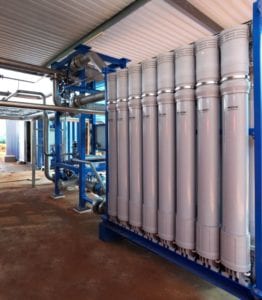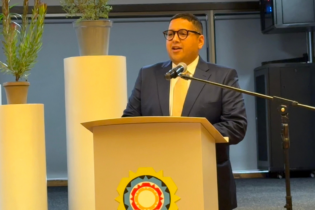Ultrafiltration membrane systems provide the ability to treat poor-quality feedwaters and produce excellent final water quality.
By Herman Smit, managing director of Quality Filtration Systems Ultrafiltration (UF) systems are ideal for new installations or upgrades to existing filter systems or clarifiers, cutting operating costs and decreasing the plant footprint while delivering exceptional value over the entire system life cycle. The main benefit of UF is a fully automated process that reduces operator involvement. This eliminates the need for constant monitoring and decision-making, addressing South Africa’s skills shortage while providing the opportunity to upskill operators, as well as ensuring quality water output. Each module comprises thousands of membrane fibres with microscopic pores on the membrane surface, which reject particles greater than 0.04 μm. The experience of Quality Filtration Systems (QFS) in the implementation of membrane technologies in South Africa not only provides exceptional final water quality but an improved operational experience. However, it is important for clients to understand the UF membrane system to effectively and confidently implement the technology.Filtrate system
Raw water must be screened to remove large solids before it enters the UF membranes. Some systems include other raw water pre-treatment, such as coagulant dosing or pH correction. UF systems reduce chemical consumption, as no coagulants are required to form a bigger floc for filtration. Filtrate flow rate is typically controlled by a variable-speed drive on the feed pump. Filtrate typically flows to a local filtered water tank where a level switch or transmitter is used to monitor the maximum level an place the membranes into standby while the tank is full.Backwash
The backwash process is key to efficient operation. As feed passes through the membrane barrier, a filter cake builds up on the membrane surface, increasing the resistance to flow. Short reverse flow of filtrate removes the retained solids from the membrane fibre surfaces.The control system typically initiates an automatic backwash every 20 to 60 minutes of filtration, depending on feed quality. This allows waste solids to be completely drained from the membrane surface, eliminating solids accumulation and biological fouling.








